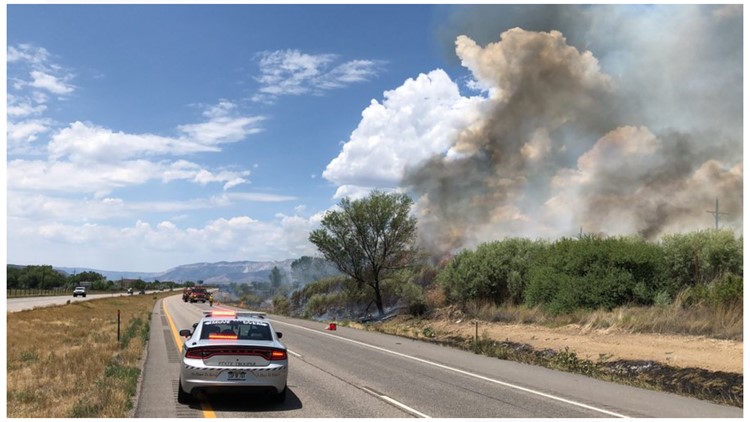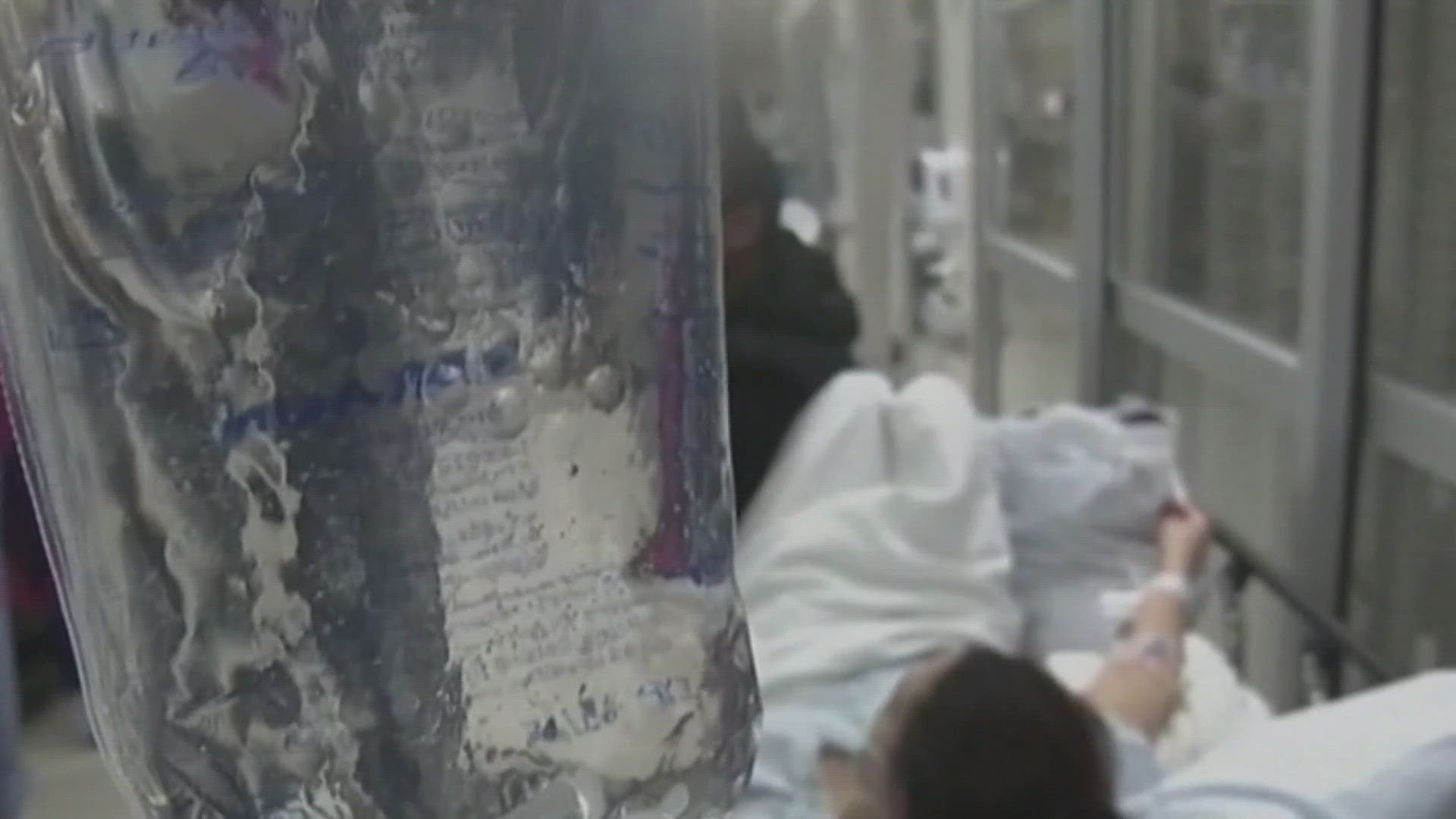FORT COLLINS, Colo. — Large camps that are typically used by a transient, high-density workforce of firefighters and volunteers battling wildfires create conditions that could facilitate the spread of coronavirus, according to a Colorado State University (CSU) study.
CSU said a team that includes experts from the university created a model that demonstrates potential risks COVID-19 poses to the fire management community and potential scenarios.
Researchers applied their model to firefighter population data from three recent wildfires.
For example, researchers said the Highline Fire in Idaho, which had more than 1,000 firefighters on site at its peak, had a worst-case infection scenario of close to 500 COVID-19 cases and a best-case scenario of eight cases.
Researchers said the model is not meant to be predictive, but does provide insight into the relative benefits of two strategies to reduce risk: screening and implementing social distancing measures in camps.
The model shows aggressive screening of firefighters arriving to camp could reduce initial COVID-19 cases, but those benefits diminish the longer the fire continues, researchers said.
Researchers said that social distancing measures for campaigns lasting several months or longer including remote briefings, dispersed sleeping bags and operating in smaller groups or "modules" would be more effective than screening during longer campaigns.
“It all comes down to exposure, which is a basic risk management concept,” said Matthew Thompson, research forester at the U.S. Forest Service Rocky Mountain Research Station and the study's first author. “Reducing the exposure of susceptible individuals to those who may be infectious is the idea behind screening and social distancing. Our results underscore the importance of deploying these risk mitigation measures and provide insights into how characteristics of a wildfire incident factor into the effectiveness of these mitigations.”
The report was co-authored by Jude Bayham, an assistant professor in the CSU Department of Agriculture and Resource Economics, and Erin Belval, a research scientist in the CSU Department of Forest and Rangeland Stewardship.
SUGGESTED VIDEOS: COVID-19 Coronavirus



